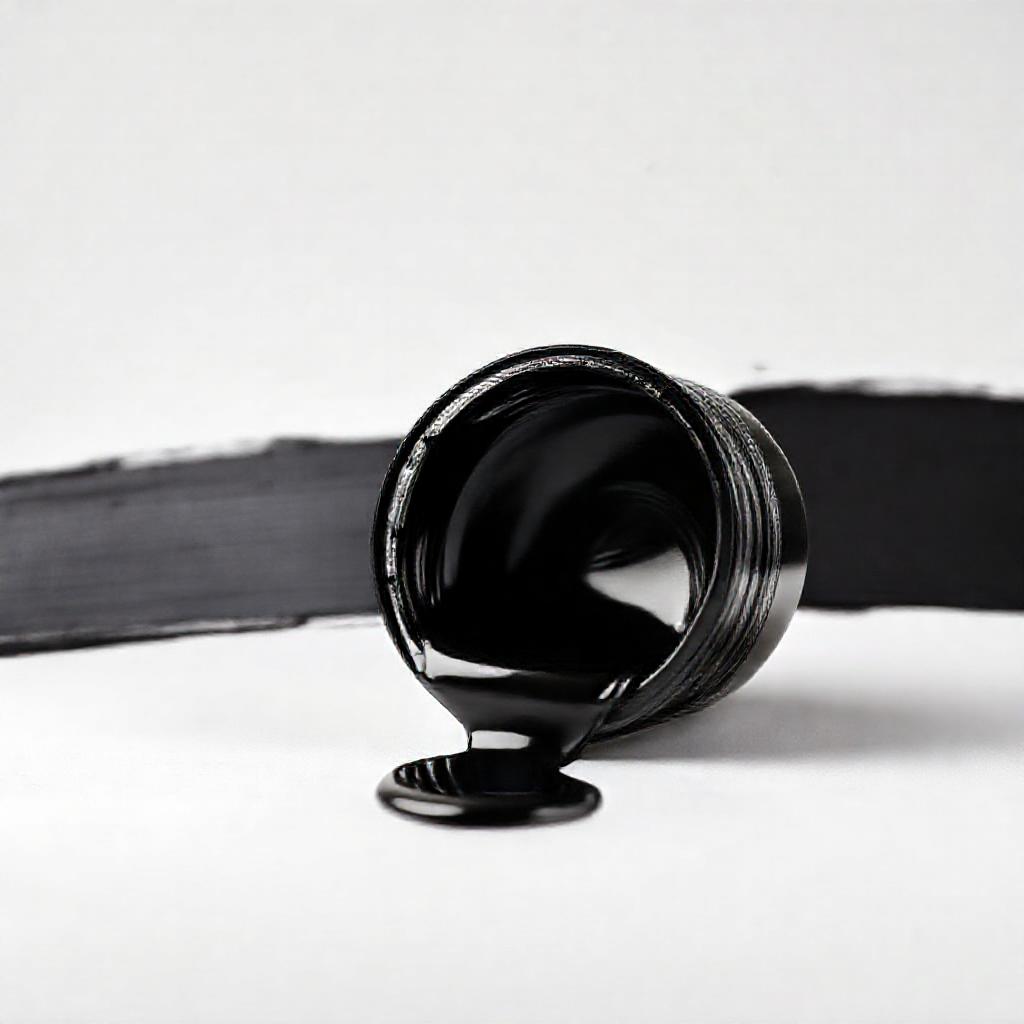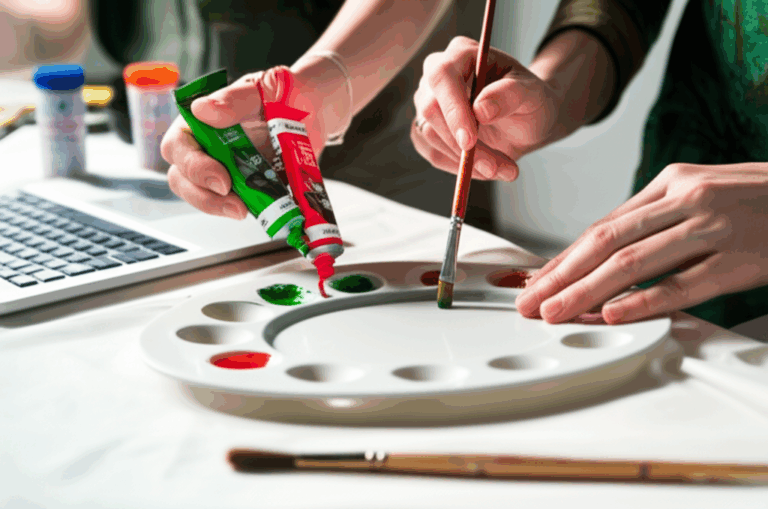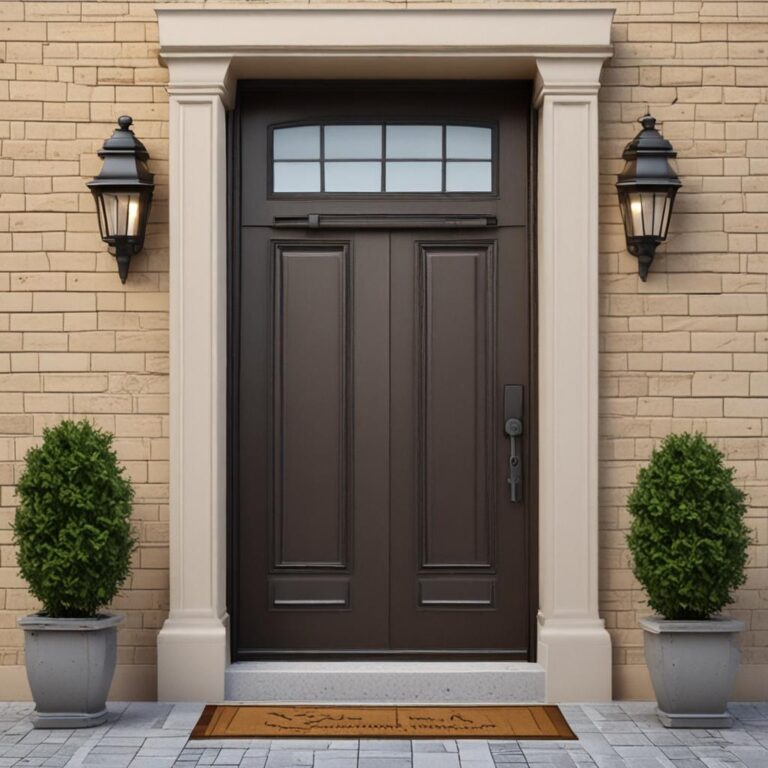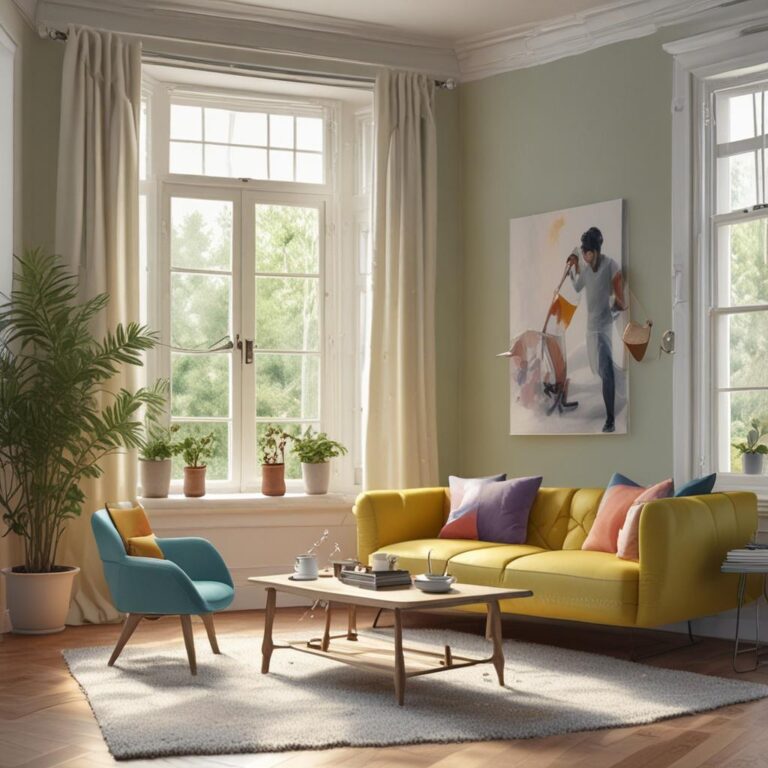How Can You Make Black Paint
Black paint is a versatile and essential element in art, design, and DIY projects. Whether you’re an artist looking to create depth in your work, a homeowner aiming to refresh your space, or a craft enthusiast experimenting with new ideas, knowing how to make black paint can be a valuable skill. While ready-made black paint is widely available, creating your own allows for customization, cost savings, and a deeper understanding of color theory. This guide will walk you through various methods of making black paint, from mixing primary colors to using natural materials, and provide tips to perfect your results.
Understanding the Basics of Black Paint
What Makes Black Paint Black?
Black paint achieves its color by absorbing all wavelengths of light, reflecting almost none. This is why it appears dark and neutral. However, not all blacks are created equal. True black is a pure absence of color, while near-black shades may have subtle undertones of blue, brown, or other colors depending on the pigments used.
Why Mix Your Own Black Paint?
Mixing your own black paint offers several advantages. It allows you to control the undertones, ensuring the black complements your project perfectly. Additionally, it can be more cost-effective, especially for large-scale projects. Custom mixing also encourages creativity, as you can experiment with different pigments and techniques to achieve unique results.
Methods to Make Black Paint
Mixing Primary Colors
One of the simplest ways to make black paint is by mixing equal parts of the three primary colors: red, blue, and yellow. This method works because the combination of these colors absorbs all light wavelengths. If the result isn’t dark enough, adjust the ratios slightly, adding more blue or red as needed.
Combining Complementary Colors
Another effective method is mixing complementary colors, which are opposite each other on the color wheel. For example, red and green, blue and orange, or yellow and purple can create black when combined in the right proportions. Experiment with ratios to achieve the desired depth and tone.
Using a Single Pigment
For a pure black, consider using a single black pigment like carbon black or ivory black. Carbon black is a synthetic pigment known for its deep, rich tone, while ivory black has a slightly warmer undertone. These pigments are commonly used in professional art supplies and provide consistent results.

DIY Black Paint from Natural Materials
If you’re interested in a more natural approach, you can create black paint using materials like charcoal or soot. Grind the material into a fine powder, mix it with a binder like gum arabic or egg yolk, and dilute it with water to achieve the desired consistency. Be sure to follow safety precautions when handling soot or charcoal dust.
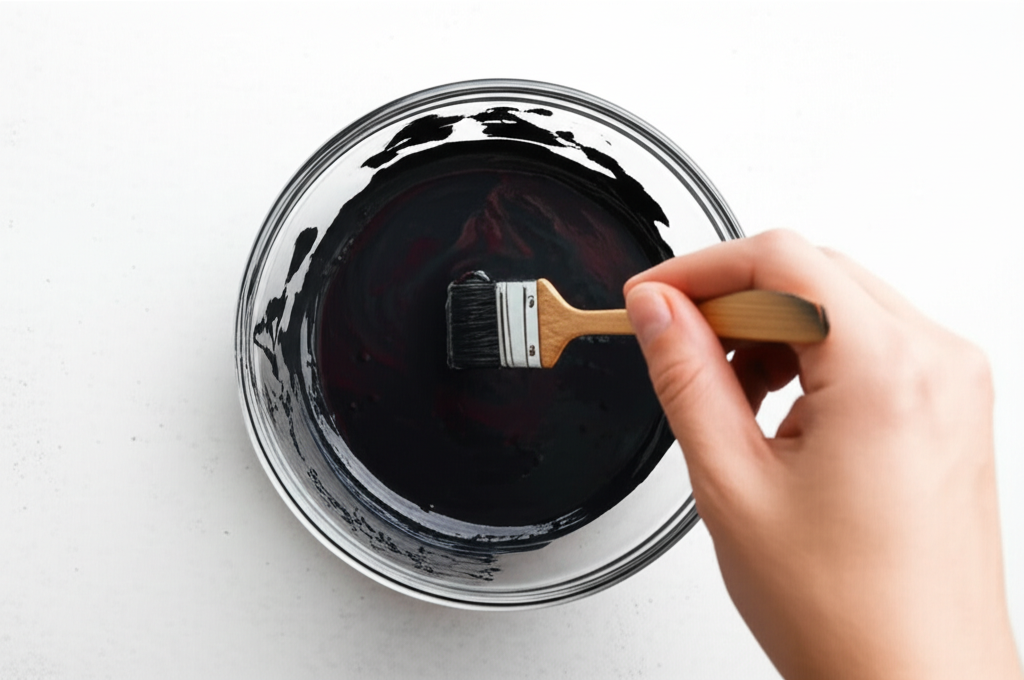
Tips for Perfecting Your Black Paint
Adjusting Undertones
Black paint can have subtle undertones depending on the pigments used. To create a cooler black, add a small amount of blue. For a warmer black, incorporate brown or red. These adjustments can help tailor the black to your specific project.
Achieving Consistency
To ensure smooth, even paint, use proper mixing tools like a palette knife or stir stick. Mix thoroughly to eliminate clumps and achieve a uniform texture. If the paint is too thick, add a small amount of water or medium to thin it out.
Testing Your Black Paint
Before applying your black paint to a large area, test it on a small surface. This allows you to check for undertones, coverage, and consistency. Make adjustments as needed to achieve the perfect result.
Applications of Black Paint
Artistic Uses
Black paint is a staple in painting and drawing, used to create shadows, outlines, and contrast. It’s also essential in techniques like chiaroscuro, which emphasizes the interplay of light and dark.
Home and DIY Projects
In home improvement, black paint is popular for furniture refinishing, accent walls, and decorative projects. Its versatility makes it a go-to choice for both modern and traditional styles.
Industrial and Commercial Uses
Black paint is widely used in manufacturing, automotive, and design industries for its durability and aesthetic appeal. It’s often applied to machinery, vehicles, and architectural elements.
Frequently Asked Questions (FAQ)
- Can I make black paint without using blue? Yes, you can use complementary colors like red and green or yellow and purple to create black.
Conclusion
Creating black paint is a rewarding process that offers endless possibilities for customization and creativity. Whether you mix primary colors, use complementary hues, or experiment with natural materials, the key is to find the method that works best for your project. By following the tips and techniques outlined in this guide, you can achieve the perfect black paint for your artistic, DIY, or industrial needs. So, grab your materials, start mixing, and see where your creativity takes you!


